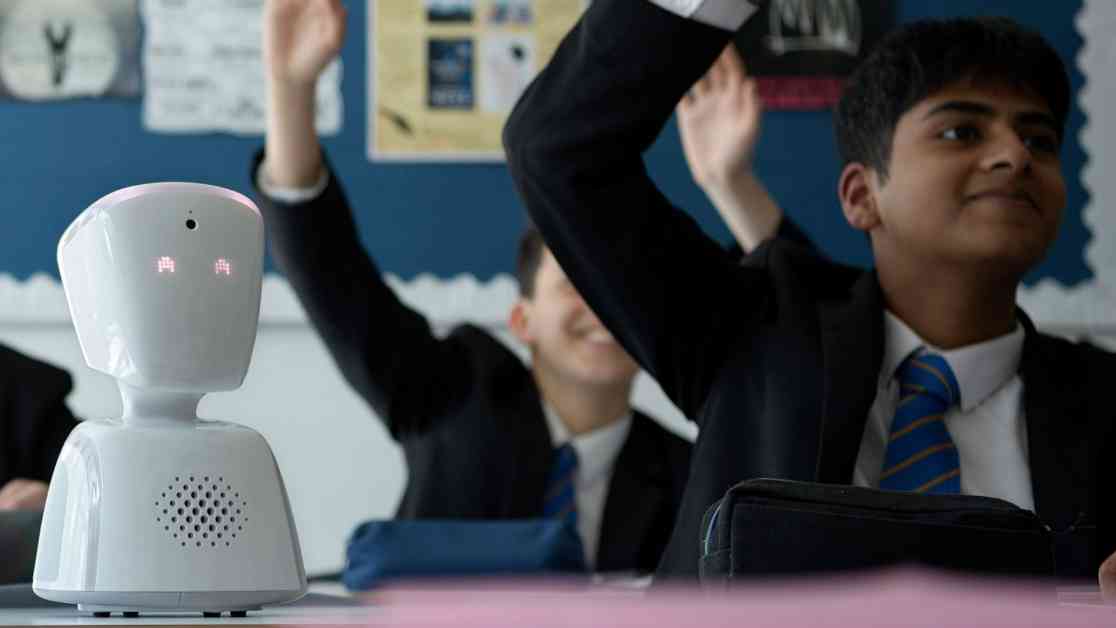Robots could be the solution to tackle the issue of absenteeism in schools, according to a report by the Centre for Young Lives. The executive chair, Anne Longfield, suggested that using robots to fill the seats of absent students could create a more inclusive environment for learning. This approach aims to provide students with a “safe space” to access lessons, rather than implementing traditional punitive measures such as fines for parents.
The report highlighted the potential use of telepresence AV1 robots, specifically the ones made by No Isolation, as a strategy to improve attendance and engagement among students. These robots would sit in the place of an absent child in the classroom, allowing them to participate in lessons live from a different location, such as their home or an intervention room within the school. Early data from a pilot project in Wirral, Merseyside, showed promising results, with a significant increase in attendance and engagement rates.
Ms. Longfield emphasized that the reasons behind student absenteeism are complex and that there is no one-size-fits-all solution. She criticized the punitive approach of imposing fines on parents, stating that it is not effective for many families and does not address the root causes of severe absence rates. Instead, she advocated for a more holistic and inclusive approach to tackling the issue.
In an effort to improve school attendance post-COVID, the government has increased fines for parents who take their children out of school without permission. The fines have risen from £60 to £80, and repeat offenders could face even higher penalties, including fines of up to £2,500 for prosecution. Despite these measures, recent data from the Department for Education revealed a concerning increase in the number of pupils missing a significant amount of school lessons.
While the use of robots in schools may offer a novel approach to addressing absenteeism, it is crucial to consider the broader factors contributing to this issue. Socio-economic challenges, mental health issues, and other underlying issues can significantly impact a student’s ability to attend school regularly. Therefore, a comprehensive strategy that combines innovative solutions like telepresence robots with targeted support for students and families is essential to improving school attendance rates and ensuring all children have access to quality education.










